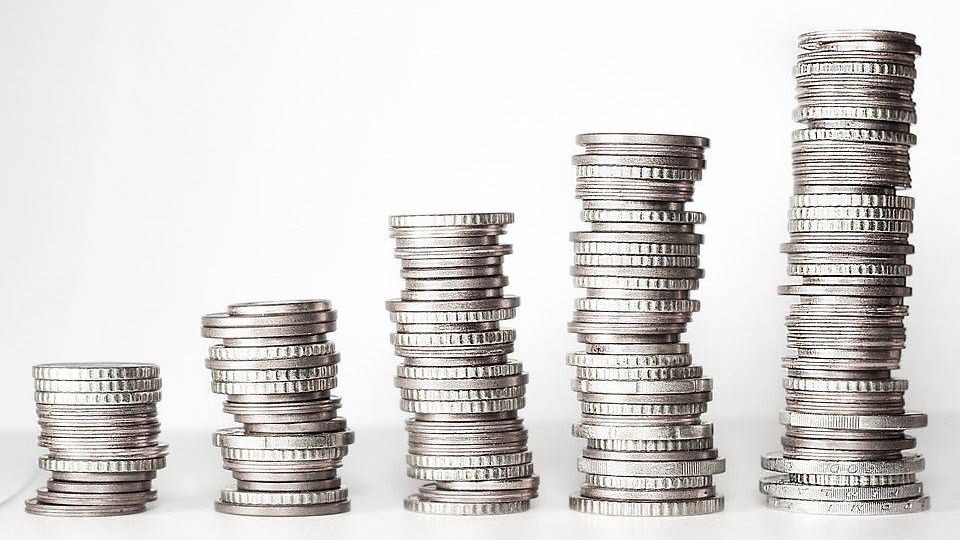
The Namibian government missed its public debt targets in 2022, according to data from the Institute for Public Policy Research (IPPR), writes New Era LIVE on January 26.
According to IPPR, the government clearly missed the public debt target of 35% of gross domestic product (GDP) set in 2012/13.
Finance Minister Iipumbu Shiimi, presenting the mid-term budget review 2022/23 to the National Assembly, said that for the previous fiscal year ending March 2022, the total debt was N$126.1 billion, N$, ($7.327 billion), which is equivalent to 66.9% of GDP. As of the semi-annual mark, total debt stood at N$136.2 billion ($7.914 billion), equivalent to 69% of GDP.
Namibia’s current debt repayments are around N$1.5 billion every three months, according to a Finance Ministry spokesperson.
“Debt service costs continue to rise above our desired level of 10% of revenues. This adds further momentum to the call to stabilize the rate of debt accumulation going forward.”shimi said.
The Finance Minister is expected to issue his budget statement on February 22, 2023.
IPPR economist Robin Sherburne suggested this week that debt levels are soaring mainly because it has always been easier for the government to borrow than to make painful decisions to cut spending.
Due to this financial situation, Namibia’s public debt is expected to increase during the 2022/23 fiscal year to N$138.4 billion, equal to 69.6% of gross domestic product.
Steadily rising debt levels represent a severe impact on Namibia’s sovereign credit rating by international rating agencies.
“This means that Namibia is increasingly viewed as a safe country for investment, making international fundraising difficult or expensive. In parallel with the worsening debt situation, Namibia’s sovereign credit rating, a measure of the country’s creditworthiness provided by Fitch Ratings and Moody’s, was also downgraded from investment grade to junk status after being downgraded in 2017.Sherbourne said.
The economist advised the government to keep spending in check and pay down debt slowly. According to him, a fundamental reform of the public sector would be the most economically reasonable way in the long term, but this is unfortunately not being considered.
Sherbourne noted that key steps need to be taken: “The Ministry of Finance, the Central Bank and the National Planning Commission must ensure that they have an accurate and complete picture of all public debt, and the approval of any loan must be centralized. A full and detailed report on Namibia’s public debt should be published as part of the national budget.”.
Second, he added that parliament should be given the power to approve all external lending to the public sector, as is the case, for example, in neighboring Botswana. This, he said, will force the branch minister to explain to parliament why the loan is taken, what its consequences will be, and how it will be repaid.
Third, all loans should be subject to more rigorous economic scrutiny. Parliamentarians should pay attention to the high level of debt and advise the government.
Namibia’s debt is approaching levels that have led to debt crises elsewhere. In the future, the government should be much more careful when taking on new debt. If someone offers you a loan, that doesn’t mean you should take it, the economist said.
Source: Rossa Primavera
I am Michael Melvin, an experienced news writer with a passion for uncovering stories and bringing them to the public. I have been working in the news industry for over five years now, and my work has been published on multiple websites. As an author at 24 News Reporters, I cover world section of current events stories that are both informative and captivating to read.
